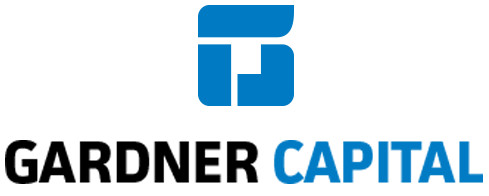Turning predictive data into proactive care
July 20, 2018
By Danielle Myers
For senior living administrators, the number one goal for their community is to provide a high quality of life and care to their residents. One way to ensure this happens is by providing proactive, individualized care that caters to each senior. However, over time, it can become all too simple for communities to fall into the habit of reactive care as they juggle being short on time or staff while managing the health and wellness of aging residents—creating a need for simple, efficient and effective solutions.
Today’s data and technologies have evolved beyond the typical functions to provide a full spectrum of services that elevate seniors’ health and day-to-day lives (think: everything from dietary habits to emotional health, morning check-ins to mobility). Add to that the onslaught of big data and analytics, and we begin to see more and more facilities becoming smart communities that can not only proactively care for residents but begin to predict illnesses before they happen.
How predictive data works
First, it’s important to understand what predictive analytics are and how they can fit into senior care. Predictive analytics are the use of data collections to analyze current or historical data and use it to make informed predictions for the future. For senior living, this means that caregivers can use data on residents’ health and routines to identify if/when a senior may develop an infection. The right technologies will streamline this process even further, by recording everything from seniors’ activity levels and emotional health to mobility and how frequently or infrequently they use the bathroom—giving the most complete view of overall health.
It’s also important to note that predictive data allows staff to monitor residents’ routines in a less intrusive, more targeted way that empowers staff to better manage the health and wellness of residents. It’s not 24/7 video surveillance but rather a record of routine and habits used to analyze and alert any abnormalities that may require a closer look or follow up.
From reactive to proactive care
With predictive analytics in place, senior living communities are better poised to shift from a reactive to proactive approach to care. Instead of treating symptoms after the fact, predictive analytics foster individualized care by leveraging data to monitor daily lives and alert any breaks in the norm that could cause concern.
For example, say bed sensors have noted an increase in bathroom use throughout the night, which could indicate a potential urinary tract infection. Or, a resident hasn’t made their morning check-in via their self-service tablet and motion sensors aren’t showing much activity in their room, indicating a potential fall. Predictive analytics would note these abnormalities and alert staff that a resident may need checked in on. Armed with this data, staff can now proactively seek out individual residents that are at risk of a health event and provide the right senior with the right care at the right time – ultimately treating or even preventing potential infections or conditions.
Measuring emotional and mental health
With 43% of seniors reporting increased loneliness, it’s crucial that staff are cognizant of the signs of depression—and luckily, technology and predictive data can help with that too. In addition to physical health, there are several tech integrations that can streamline emotional and mental health detection, including: door sensors that can detect if residents are staying in their rooms more often, bed and chair sensors to monitor mobility, dietary selections to share any sudden decreases or increases in appetite or “how are you feeling today” surveys that are integrated into daily morning check-ins to gauge emotional health.
By leveraging an array of integrations, staff can receive a full view of emotional and mental well-being and most importantly, proactively provide care and support to any at-risk seniors.
Monitoring emotional and mental health is especially important when seniors are experiencing a transition or quality of life change, such as moving from assisted living into a nursing home or following a significant health event. At these times, seniors can be more susceptible to loneliness and depression so it’s especially important to pay attention to changes in mood, demeanor or habits—and even better if staff have technology doing that for them.
With technology and predictive analytics, senior living communities can set themselves up to make better, more informed decisions about resident care. As with any innovation, it’s important to implement solutions that fit the needs of your staff and residents; be sure to look for technology and data integrations that can be customized specifically to your community and you’ll be well on your way to offering proactive care for your residents’ physical, emotional and mental well-being.
CREDIT—Danielle Myers is general manager of Status Solutions, developer of situational awareness technology solutions including the SARA situational awareness and response assistant and CATIE enabling communication and access to information everywhere.
